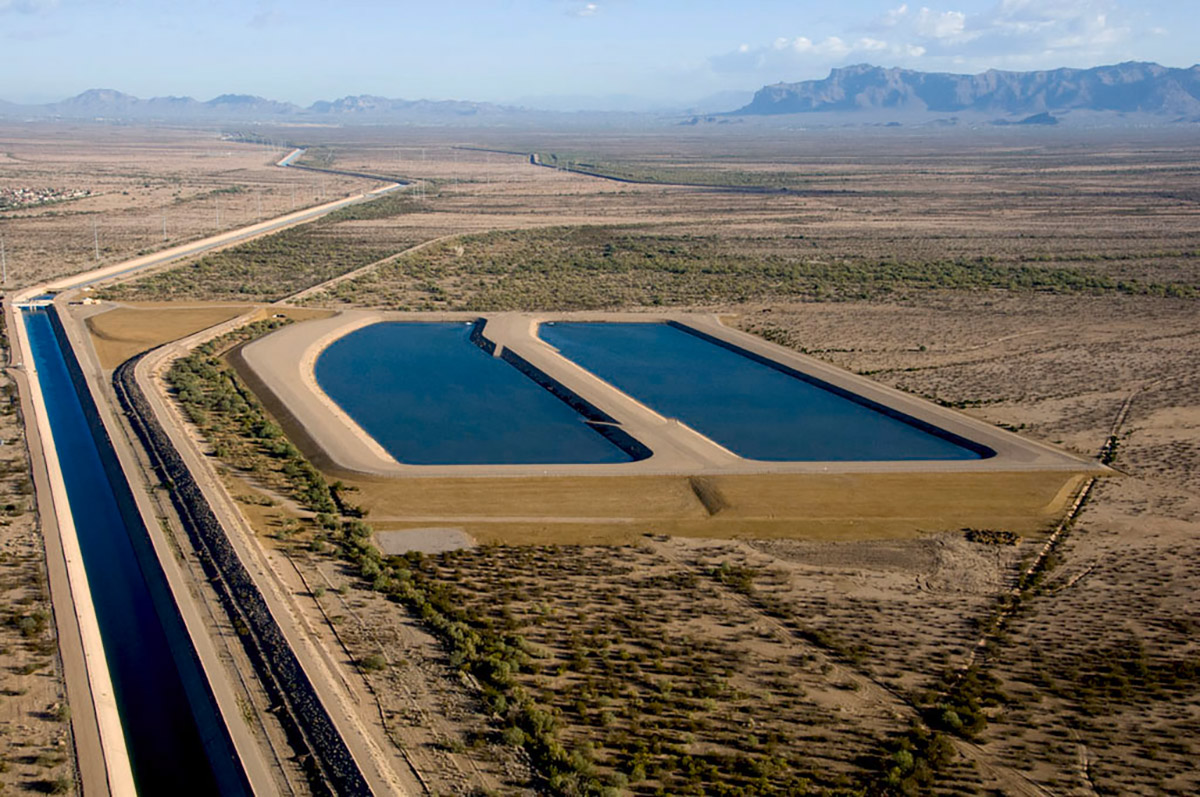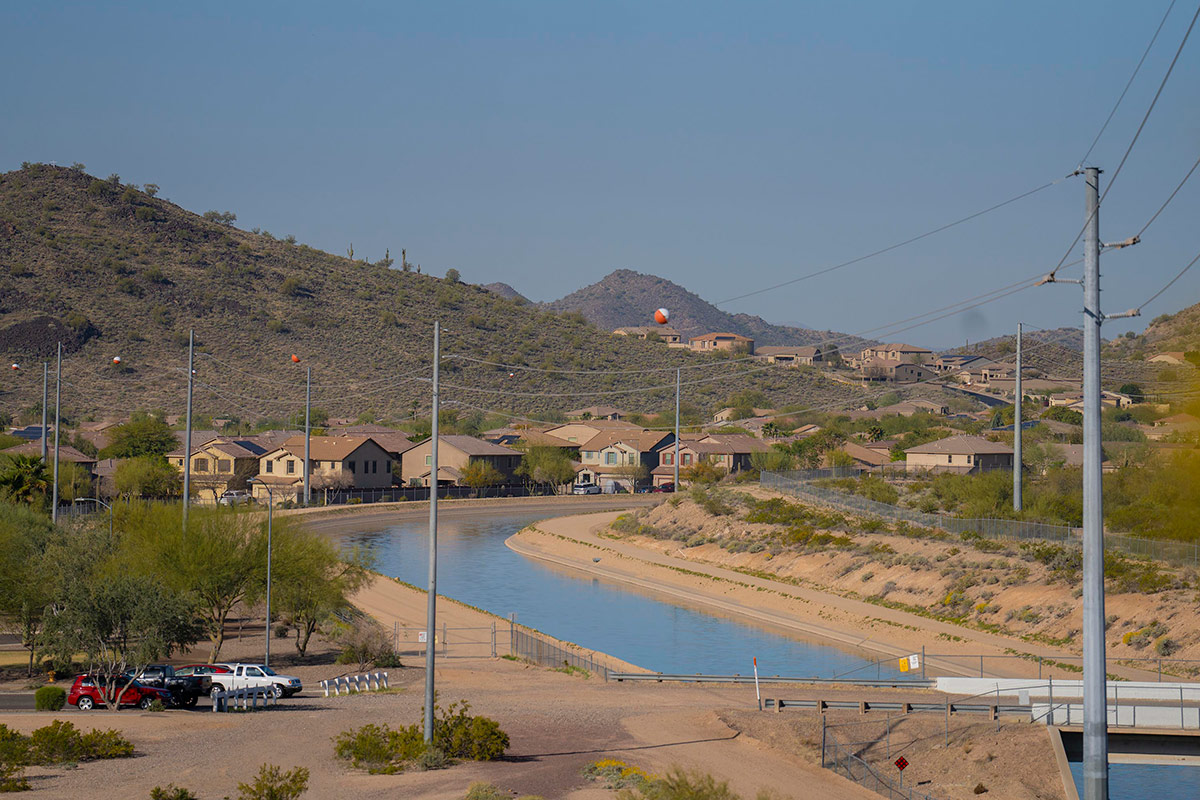
Reliability in the shadows
In the shadow of New Waddell Dam sits Waddell Pump/Generating Plant, a key component to CAP’s reliable water delivery system. It has eight units; four

In the shadow of New Waddell Dam sits Waddell Pump/Generating Plant, a key component to CAP’s reliable water delivery system. It has eight units; four

The Central Arizona Groundwater Replenishment District (CAGRD) provides an effective mechanism for enrollees to comply with Arizona’s groundwater management laws.

As construction of CAP began in 1973, the Bureau of Reclamation anticipated the development of a multi-use recreational trail along the canal – today known

CAP does not treat the water it delivers; however, water quality data has been provided to stakeholders since the first water deliveries began in 1985.

Every year, CAP hosts Safety Week, an event that is usually attended by all CAP employees and includes required and elective safety-related classes ranging from

Colorado River water delivered by CAP is a crucial part of Arizona’s vibrant economy.

The CAP system moves water 336 miles, pumping it uphill nearly 3,000 vertical feet along its journey. Power is a critical component to move the

CAP has 2707 safety data sheets to keep employees informed and safe. Do you know what hazardous chemicals are in your house? Safety: It’s who

Few natural resources are as precious as water and CAP reliably manages and delivers Colorado River water to Maricopa, Pinal, and Pima counties.